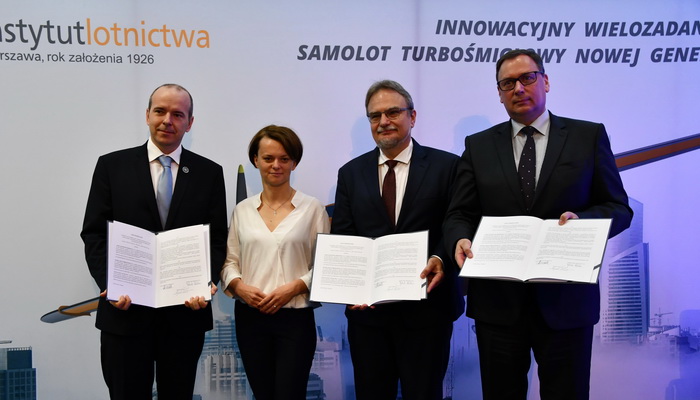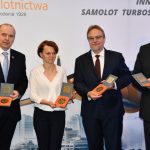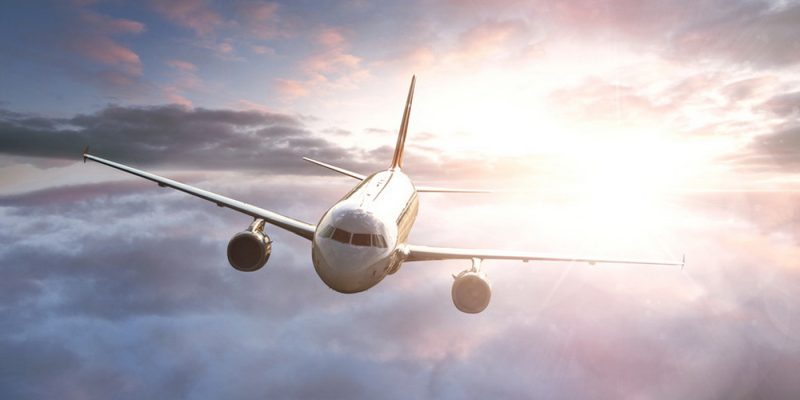On 24 May 2018, at the headquarters of the Institute of Aviation in Warsaw, a letter of intent was signed expressing the will to cooperate in the construction of the innovative multi-task turboprop aircraft ILX-34. The signatories of the letter under the honorary patronage of the Ministry of Enterpreneurship and Technology are: the Institute of Aviation, the Polish Armaments Group and the Industrial Development Agency.
The official signing of the letter of intent took place during the “18th Polish-American Conference on Science and Technology – 100 years of Polish science and industry cooperation” under the honorary patronage of the Ministry of Science and Higher Education, Ministry of Investment and Economic Development and Inustrial Development Agency which gathered over 200 experts from Poland, Europe, and the United States.
“We are pleased that the Institute of Aviation is the initiator of the creation of a new Polish airplane on the 100th anniversary of Polish Aviation. This is the right time to create new visions. The ILX-34 project has full R&D, technological and substantive support from the Institute of Aviation. Our engineers will be responsible for aerodynamic tests, development of composite aircraft structure and implementation of a modern turbine engine developed in Europe with the participation of engineers of the Institute of Aviation” – says the director of the Institute of Aviation, Paweł Stężycki.
The letter of intent was signed by: Paweł Stężycki – Director of the Institute of Aviation, Jakub Skiba – President of the Management Board of the Polish Armaments Group and Andrzej Kensbok – Vice President of the Management Board of the Industrial Development Agency.
The aim of the program is to develop a multi-purpose, next-generation innovative turboprop aircraft in the CS-23 category with a take-off mass of not more than 5670 kg.
The ILX-34 will introduce a new quality in terms of comfort, performance and versatility of applications. The avionics equipment of the aircraft will allow flights regardless of weather conditions during the day and at night.
High comfort will be ensured thanks to the larger space available for passengers and luggage, compared to other aircraft of this class. The interior can be freely configured. The standard passenger version will accommodate 9 passengers and 2 pilots.
The aircraft will be able to fly faster, at a higher altitude and further than other aircraft of this class. It will be adapted to operate from airfields with paved and ground surfaces.
The project also assumed lower fuel consumption and lower direct operating costs.
Better performance will be achieved by:
- the application of innovative solutions in the field of aerodynamics (for all phases of flight),
- composite structures of the wing and tail (using the robotic process of producing high-strength composite constructions developed at the Institute of Aviation, characterized by the high reproducibility of manufacturing processes),
- the use of a modern turbine engine characterized by lower fuel consumption compared to existing engines and modern control automation.
Depending on the purpose, the interior of the aircraft can be freely configured. Examples of cabin configurations are:
- standard passenger: 9 seats,
- passenger with a higher standard (executive): up to 8 seats,
- freight,
- passenger and freight,
- medical transport,
- training.



















